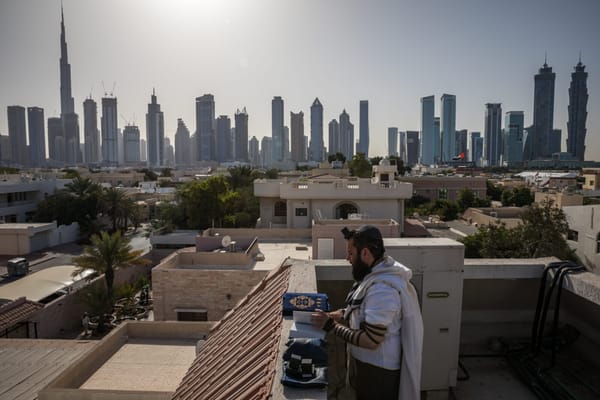The Straw That Broke the Camel’s Back
In January 2015, Christie’s announced that a painting by the Palestinian Suleiman Mansour, Camel of Burdens II (Jamal al-Mahamil), would be the highlight of its annual auction of modern and contemporary Arab, Iranian and Turkish art held in Dubai. The piece was listed as the second version of the 19










